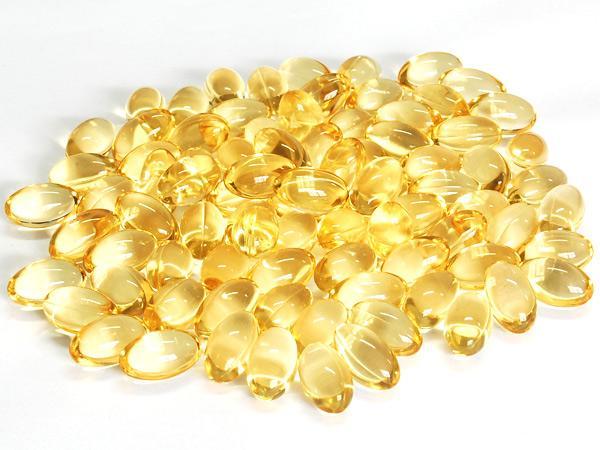
Many studies at home and abroad have shown that probiotics can help people to treat gastrointestinal diseases, relieve lactose intolerance, relieve constipation, lose weight, improve immunity, regulate blood pressure, improve food allergy, and promote health. With the improvement of living standards and the further recognition of probiotics, people's pursuit and expectations for health are getting higher and higher, and probiotics are also increasingly used in food. However, there are various probiotic products on the market. How to correctly distinguish between probiotic common food and probiotic health food brings challenges to consumers.
Definition
Probiotic solid drinks belong to common food, while probiotic health food belongs to special food. Both are defined as follows:
|
Items |
Definition |
|
Probiotic solid drinks |
Solid products added with probiotics and processed with food raw and auxiliary materials, food additives, etc., in powder and granule form for preparation or brewing. |
|
Probiotic health food |
It refers to the microbial products with probiotics as the main functional ingredient, added with necessary auxiliary materials, and beneficial to human health when ingested in sufficient quantity. |
Available bacteria
|
Items |
Available bacteria |
Number of living bacteria |
|
Probiotic solid drinks |
List of Bacteria Available for Food |
GB 7101 China National Standard for Food Safety Beverages stipulates that the number of living lactic acid bacteria (non sterilized) in products added with lactic acid bacteria should be ≥ 106CFU/g (mL); There is no mandatory requirement for other bacteria. |
|
Probiotic health food |
|
The number of living bacteria of each kind of bacteria shall not be less than 106CFU/g (mL) within its shelf life. |
Claimed functions
|
Items |
Claimed functions |
|
Probiotic solid drinks |
It belongs to common food and can not claim health care function or disease prevention and treatment function. |
|
Probiotic health food |
It can claim its declared healthcare functions after being approved for registration, such as enhancing immunity and regulating intestinal flora. |
Key points of the label
|
Items |
Key points of the label |
|
Probiotic solid drinks |
|
|
Probiotic health food |
|
Listing requirements
|
Items |
Listing requirements |
|
Probiotic solid drinks |
According to the requirements of common food, it can be produced and marketed after applying for and obtaining the production license. |
|
Probiotic health food |
A series of product hygiene, stability and function evaluation tests must be carried out, and additional safety evaluation tests must be carried out for the strains used. The registration and approval of the China State Administration of Market Supervision shall be obtained before the products are put on the market. Note: Click to learn about the current situation and application requirements of regulations on probiotic health food in China. |
Summary
From the above five aspects, we can know that probiotic solid drinks and probiotic health food are all foods containing probiotics. Probiotic solid drinks belong to common food, and probiotic health food belongs to special food. The entry threshold of probiotic solid drinks on the market is low and no toxicological and functional evaluation tests are required. However, probiotic health food can only be produced and marketed after registration and approval. It has been evaluated by functional experiments before marketing, and the safety and functionality of its strains are supported by scientific data.
Consumers can distinguish between these two types of products by whether they have the "blue hat" logo. While conducting research and development, label design and other works on these two types of products, enterprises should first clearly understand the definition and implementation standards of these two types of food, in order to avoid problems such as functional claims of common food.
If you have any needs or questions, please contact us at service@hfoushi.com.

